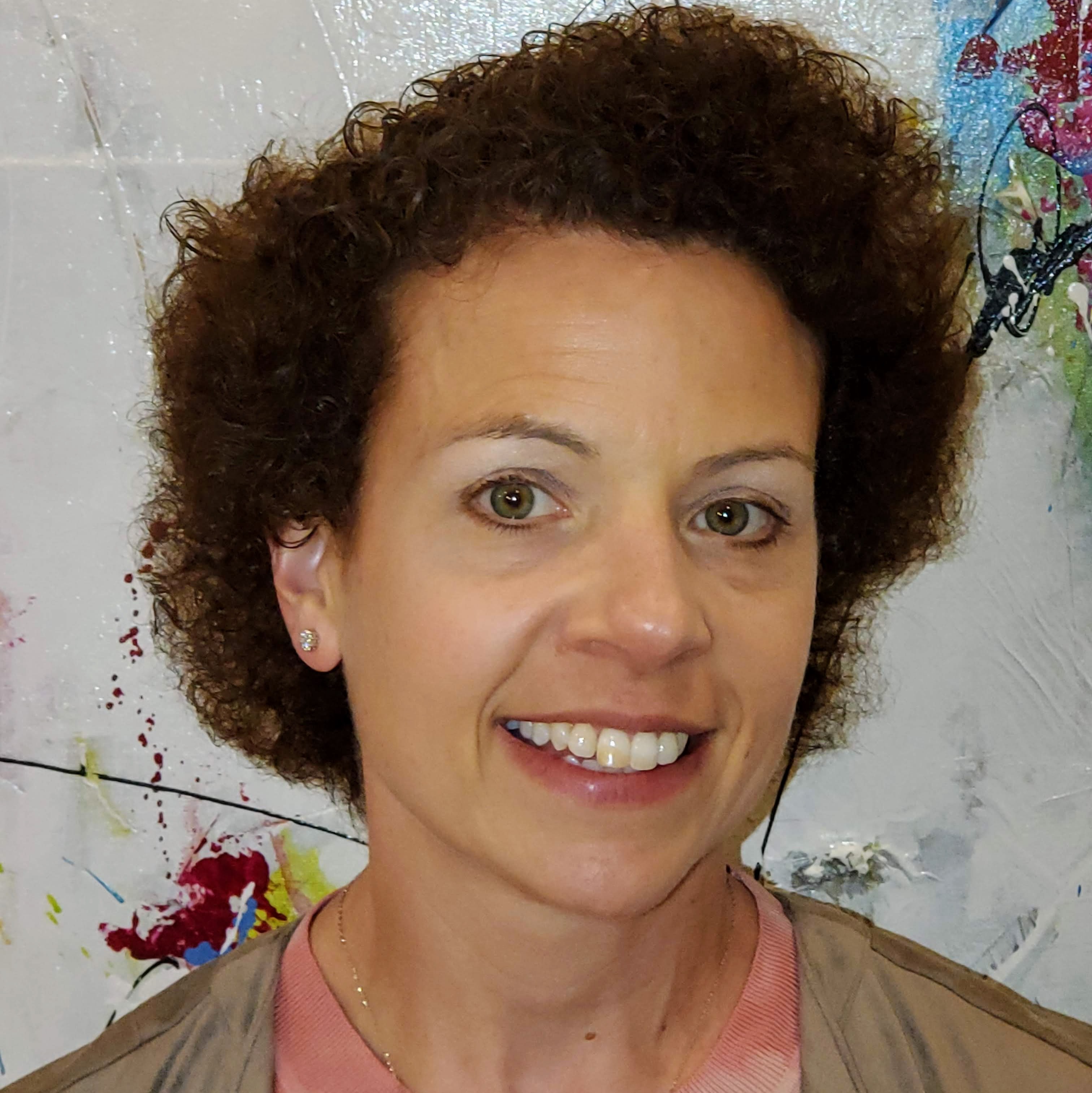Districts are regularly asking for feedback from school personnel including teachers, administrators, nurses, counselors, paraprofessionals, custodians, and cafeteria staff. In addition, feedback is also garnered from students, parents, and community members. Questionnaires aim to gather data on the environment, operating practices, and the overall satisfaction or dissatisfaction of those that are being served. They are most effective if everyone has a platform to share their voice, but oftentimes that is not the case and important data points are missing because not everyone is reflected within the results. This is typically due to barriers with the data collection process and we can get much more accurate and robust data sets if they are administered using a universally designed approach.
It is important that all groups have voice and choice regarding the happenings in the district and in the school but without a universally designed approach, the results may not represent all of the stakeholders. In order to get accurate data, the barriers that keep people from participating in surveys need to be considered and removed. Participants need to be assured that their responses are anonymous, that their completion of the questionnaire will make a difference, and their concerns will be heard. By using a universally designed approach, it is more likely that the data collected will be representative of the community. I’ve compiled a list of tips below, using the UDL Guidelines, to increase options for engagement, representation, and action & expression below.
Provide Multiple Means of Engagement
- Let participants know why you are sending a questionnaire and what the data will be used for.
- Give the parameters for when participants will receive the survey, from whom, and how long they will have to complete it.
- Let participants know that you want their honest opinion and you’re not looking for correct answers.
- Assure participants that their answers are anonymous and that you are not recording their email address or other identifying information.
- Let participants know when the data will be reviewed, by whom, and how the results will be shared.
- Send questionnaires in multiple languages.
- Include a video explanation with closed captions of all written content.
- If your questionnaire is coming from a third party, actively prepare people so they know the name of the third party and will recognize the company name when they receive the email.
Provide Multiple Means of Action & Expression
- Send the questionnaire in different languages and allow people to answer in their home language.
- Be sure that participants understand that telling the truth and being honest will not get them in trouble.
- Emphasize the importance of taking the questionnaire seriously by explaining how the results will be used and how untruthful responses impact the data.
- Explicitly teach vocabulary that will be used on the questionnaire. Provide a word bank with definitions to refer to while they answer the questions.
- Include pictures that show what the questions are asking.
Provide Multiple Means of Representation
- Provide sentence stems for open-ended questions so that participants answer the question you are asking. (ie. “It would be great if …”, “I would like more of …”, “I would like less of ….”)
- For school staff, provide time during a faculty meeting for completion of the questionnaire.
- Schedule the questionnaire during a time that you know there will be an event at the school and make computers available for families to answer the questionnaire while they are at the school. This will allow families that do not have devices or internet access to take the questionnaire. Have staff that speak the languages represented in your community available to answer questions and provide explanations.
- Have devices available for families to take the survey at pick-up and drop-off.
- Provide the option to complete a paper survey if you aren’t able to collect responses at school.
- Enable text to speech in multiple languages so the questionnaire can be read aloud to those taking the survey and enable speech to text so participants can speak their responses.
Share the Results
After the data is collected, it should be shared with all participants through a universally designed presentation. This may include a video explanation with closed captioning of the survey findings (It doesn’t have to be fancy! Simply recording yourself on Zoom or through Screencast will do!), sharing results in a district newsletter published in different languages, publishing an article in the local newspaper, hosting a presentation at a school committee meeting or school-based meeting, and creating posts on various social media platforms like Facebook and Twitter. It is important that results are shared in multiple ways. If you are able, let stakeholders know what you will be doing to address the biggest concerns. You don’t have to have a strategy yet, but it is important to acknowledge that concerns will not go unnoticed or unaddressed. Not only will survey participants feel like their opinions are valued and respected but it also increases the chances that they will participate in the future when other questionnaires are sent.
Take your learning to the next level. Explore our online courses.




